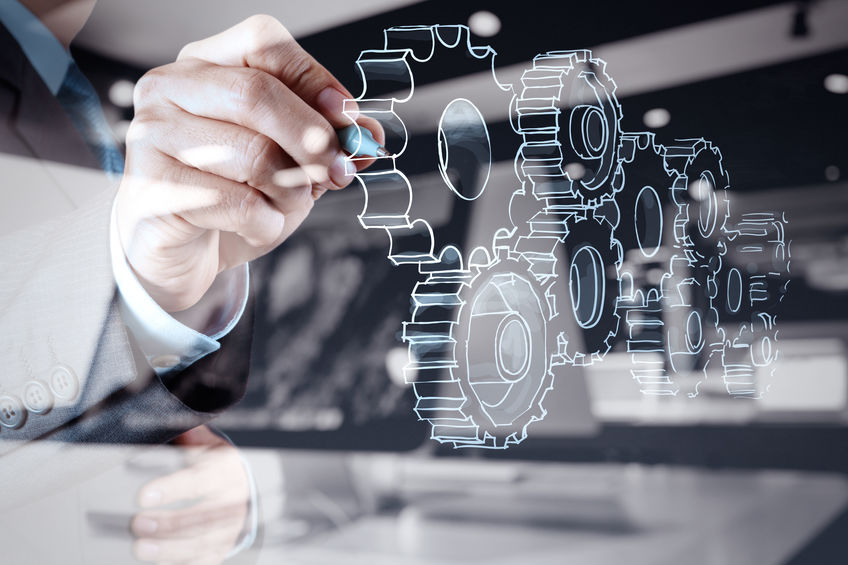As a translator with hands-on engineering experience I am very much aware of your audience.
Technical translation
I find it very important to understand what I am translating. If we are talking about an engine or a machine in a factory, I put myself in the place of the engineer or the operator working on it. Would I understand it? If there are problems with the original manual (the source text) I always ask my clients. Nothing is worse than an ambiguous instruction in a manual which is then repeated in all the translated manuals.

Hands-on engineering experience
I installed and serviced desalinators (watermakers) on large yachts for a marine engineering company. I am familiar with propulsion engines and generator sets, low pressure and high pressure pumps, water treatment and filtration, plumbing fittings and electrical systems – specialising in maritime/nautical.
I translate and review technical texts from English into Dutch | Dutch into English (and Spanish into Dutch), such as:
- Website texts for safety material (firefighting, search and rescue, plant safety)
- Tender documents for multi-purpose vessels, yacht surveys
- Training courses for technical staff (oil & gas)
- Operation and troubleshooting manuals for agricultural machinery, automotive and industrial machines.
Consistency
An added difficulty in technical translation is consistency throughout the translations. One concept, a specific tool, an engine part, may be correctly translated by four different words. Each manufacturer tends to have its own terminology. Luckily, we have translation memory tools to be able to ensure consistency throughout the translation.
I use both of the most important Translation Memory tools in the market: SDL Studio and MemoQ. With a service subscription I always have the latest version.